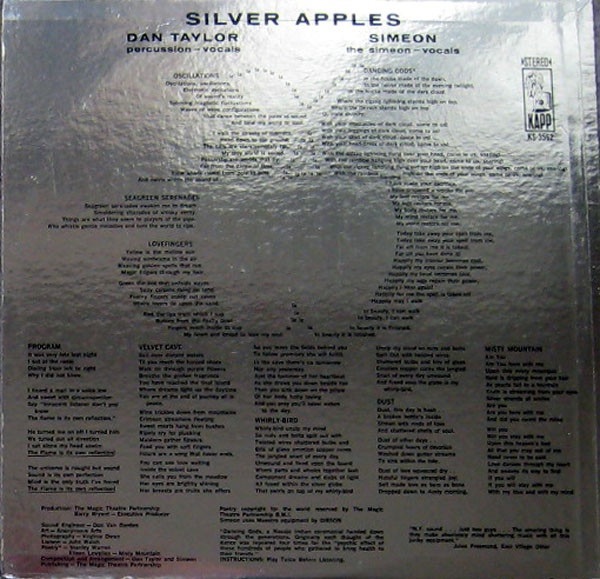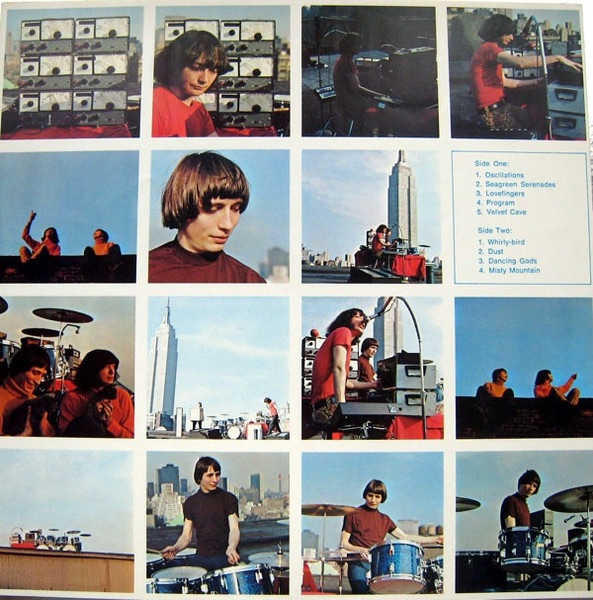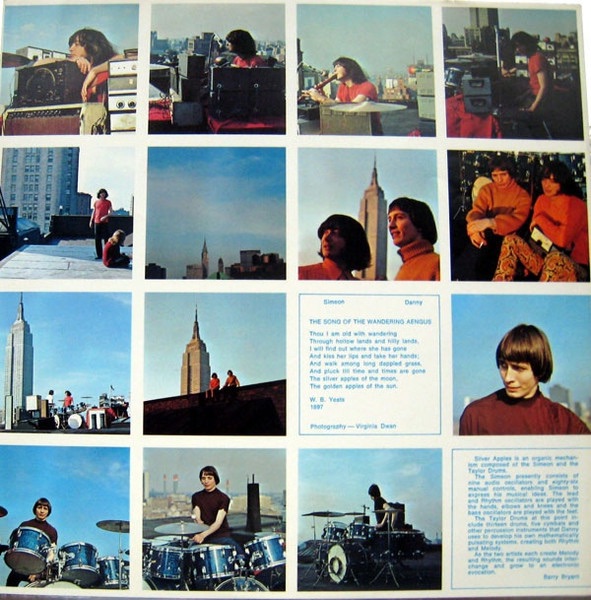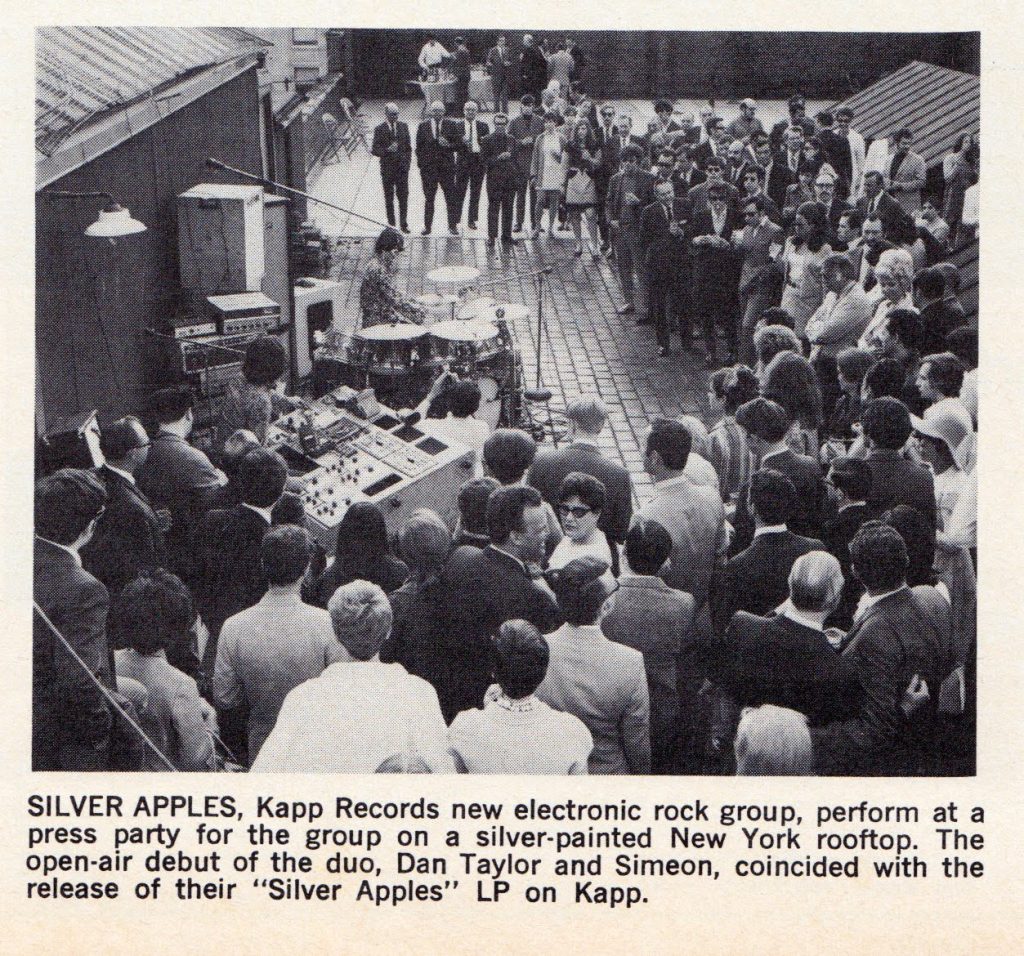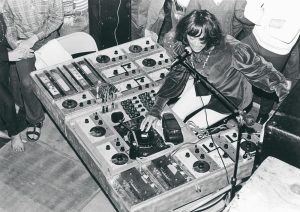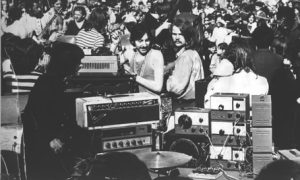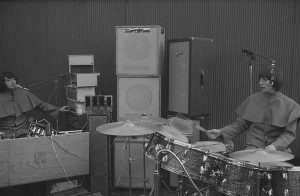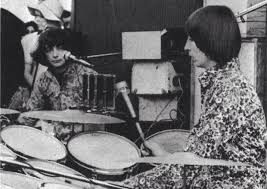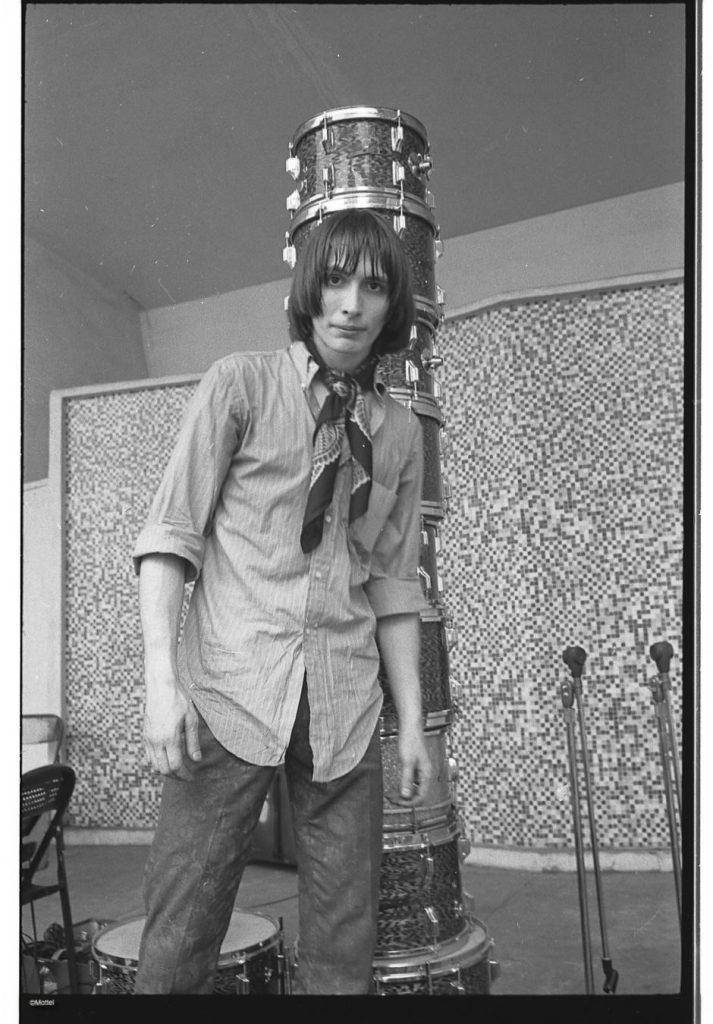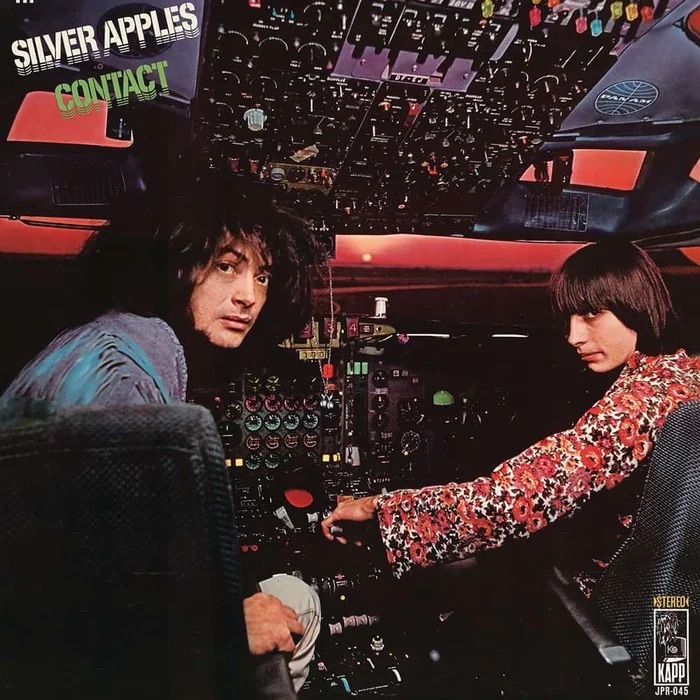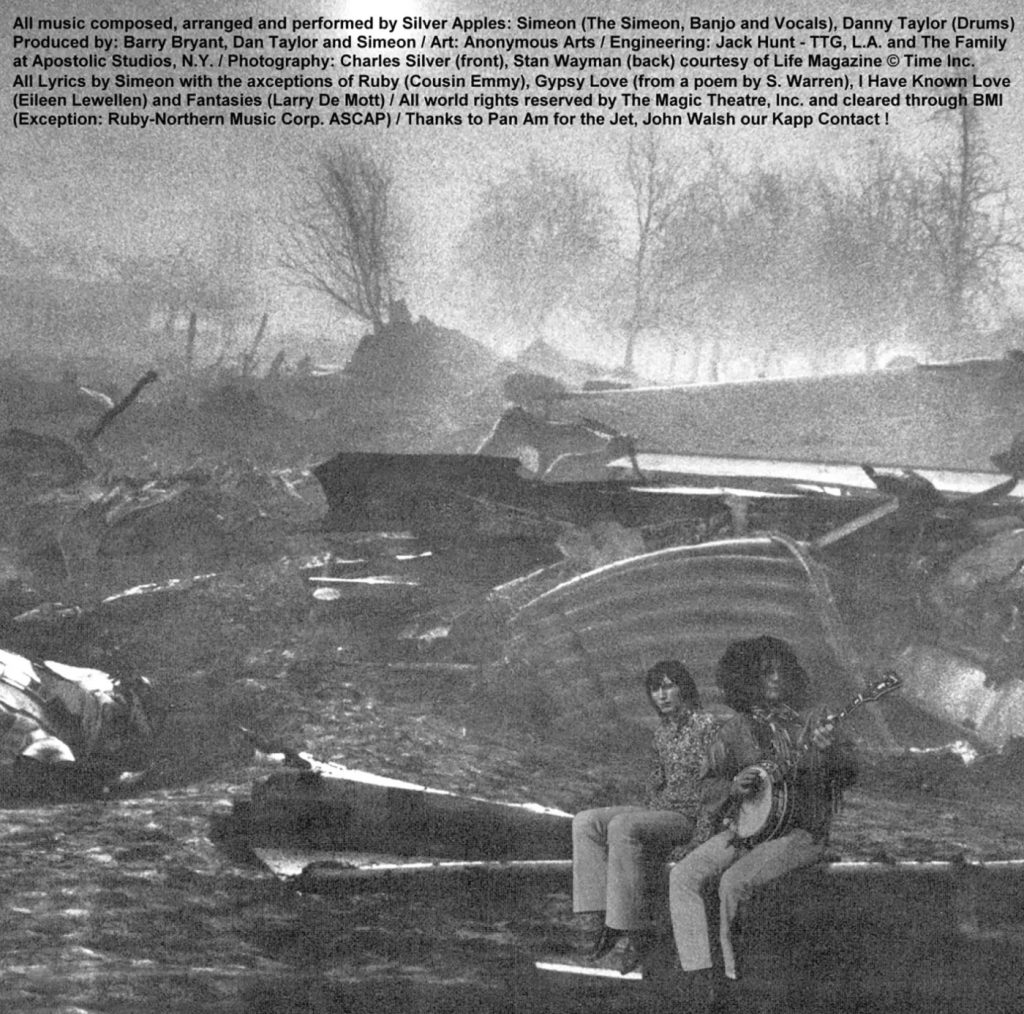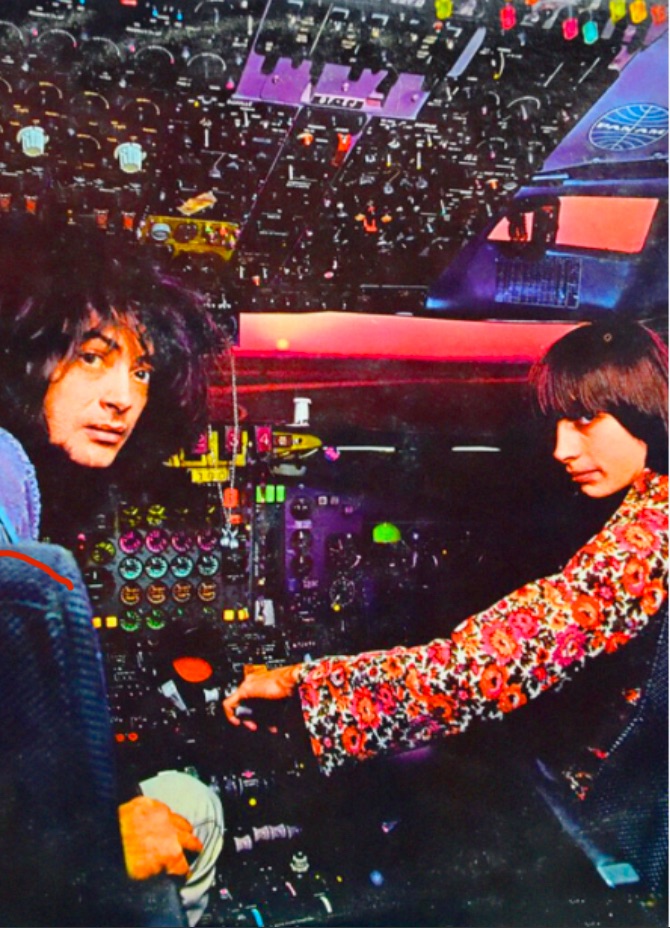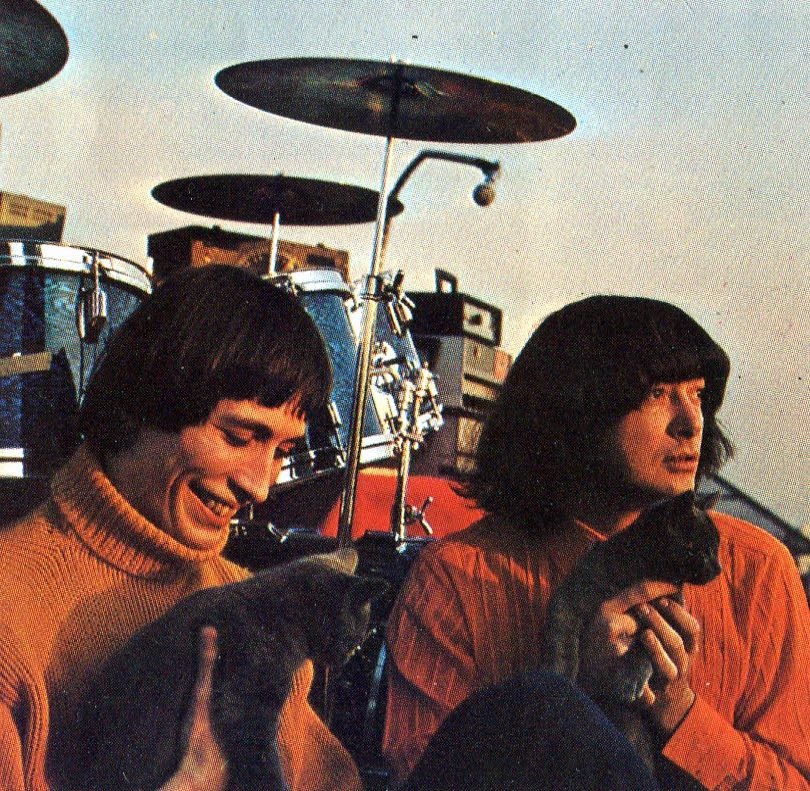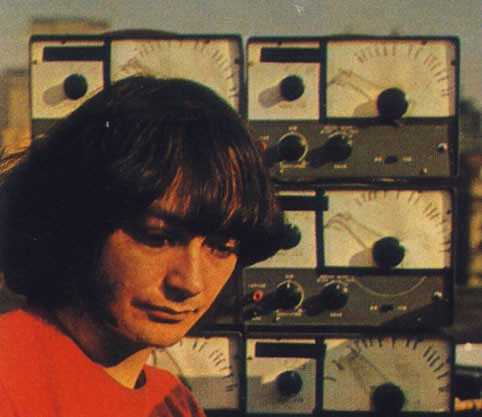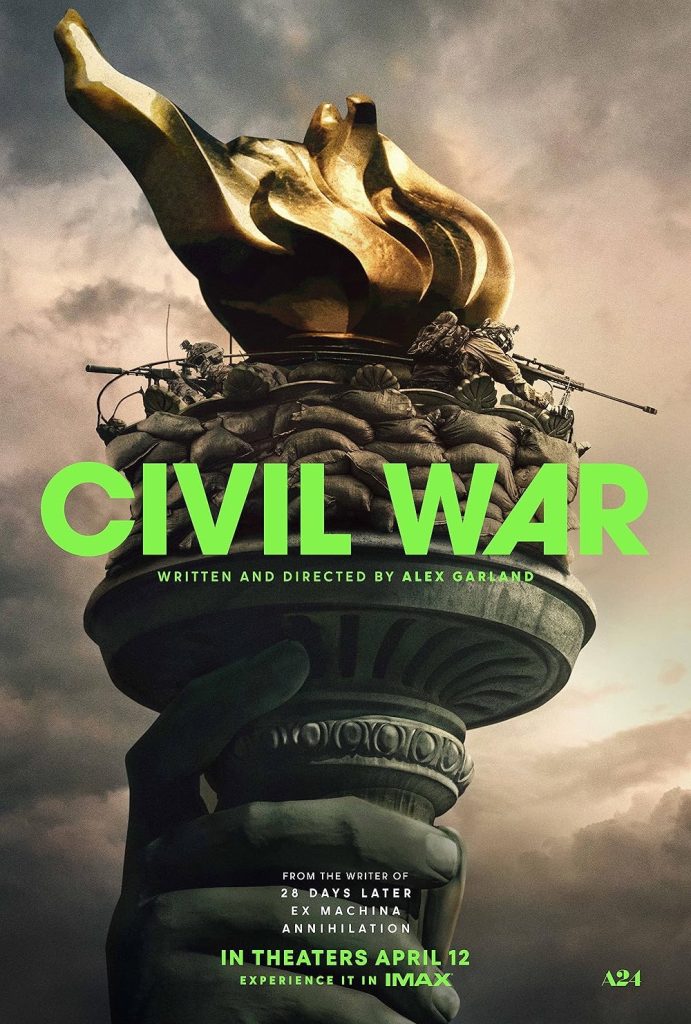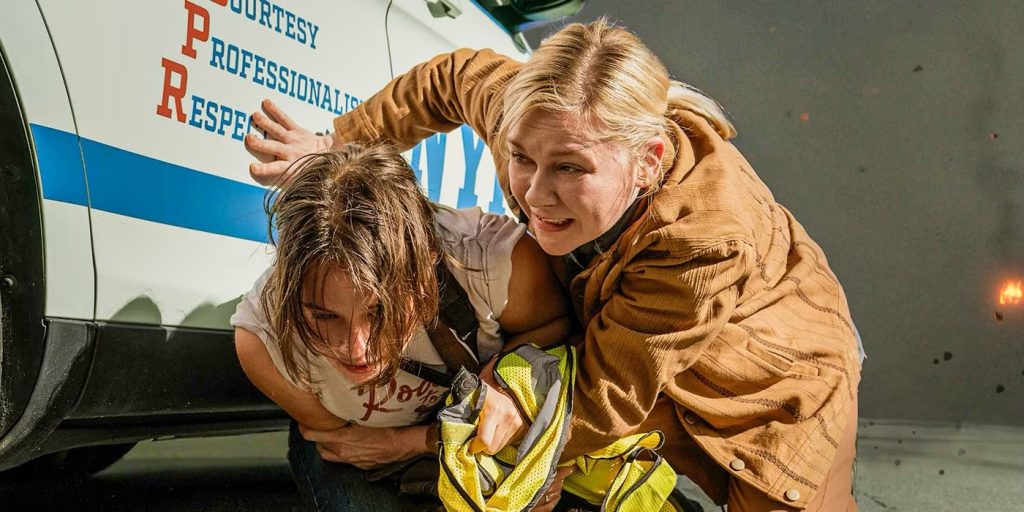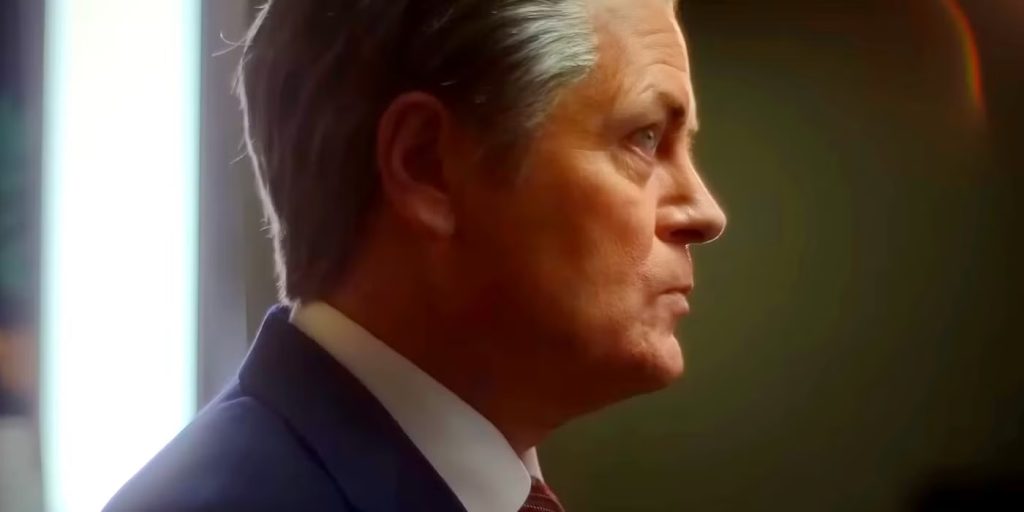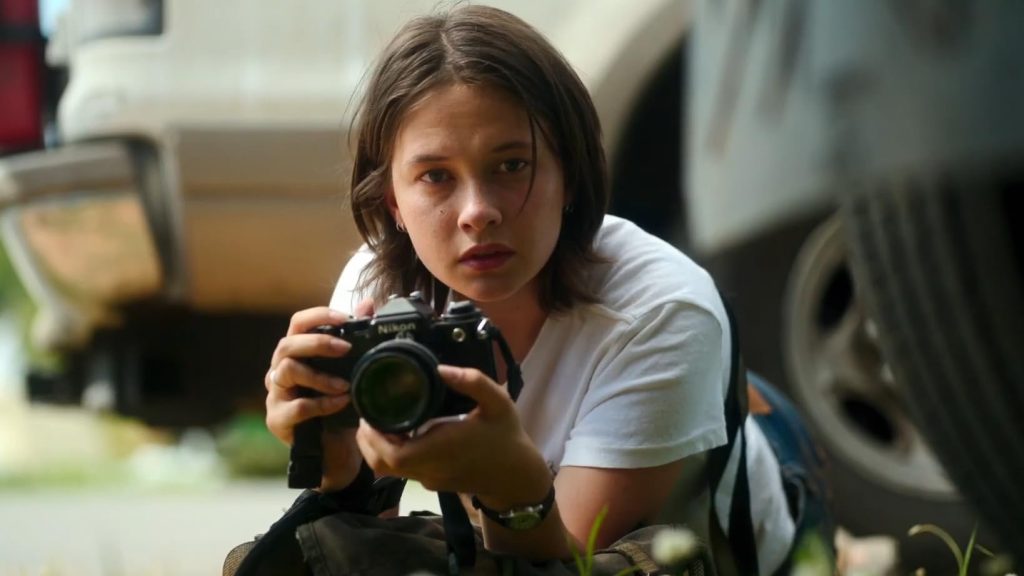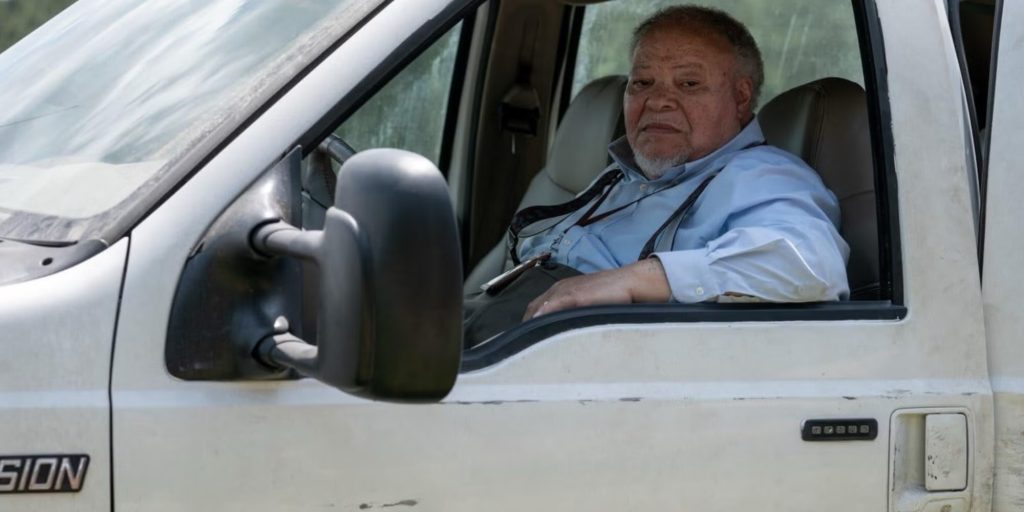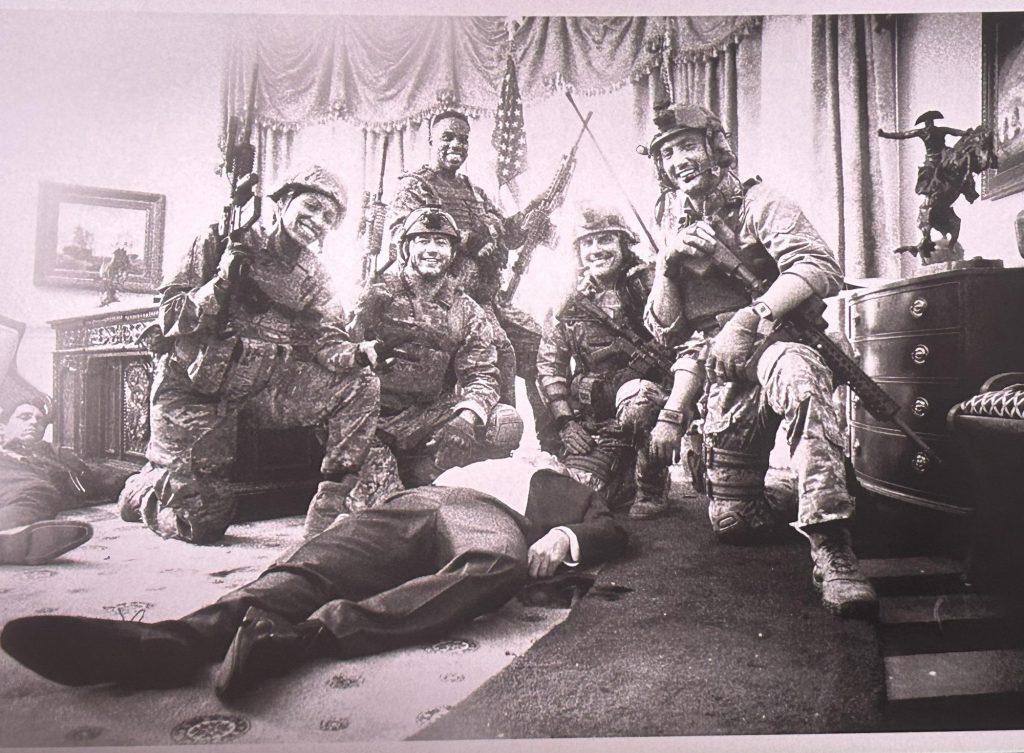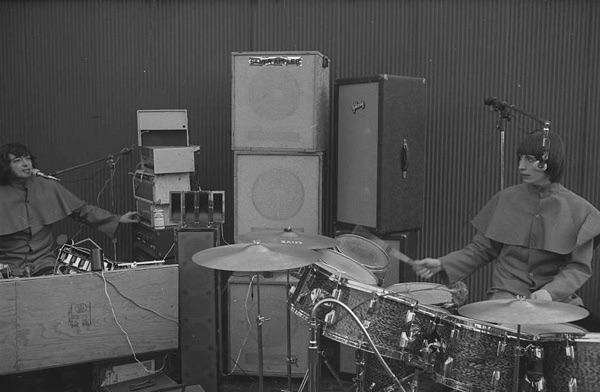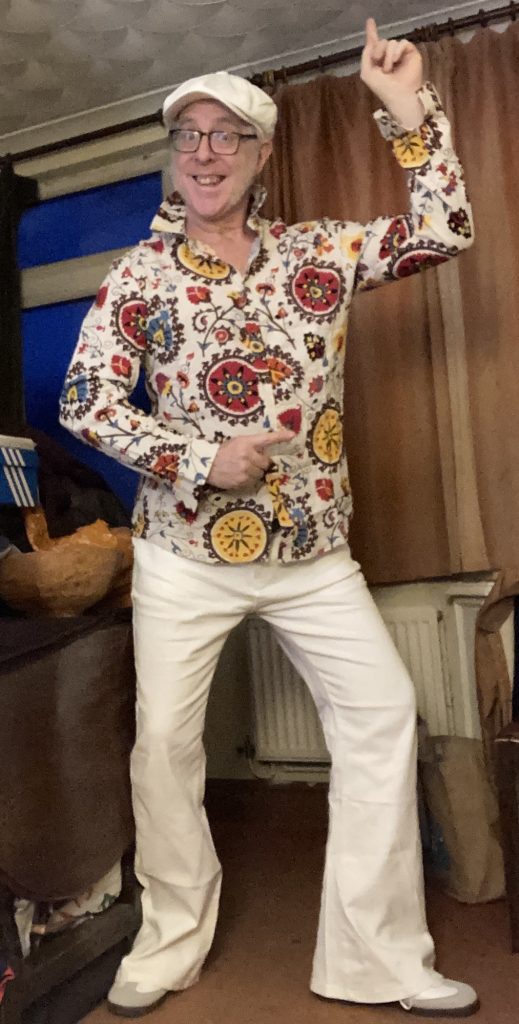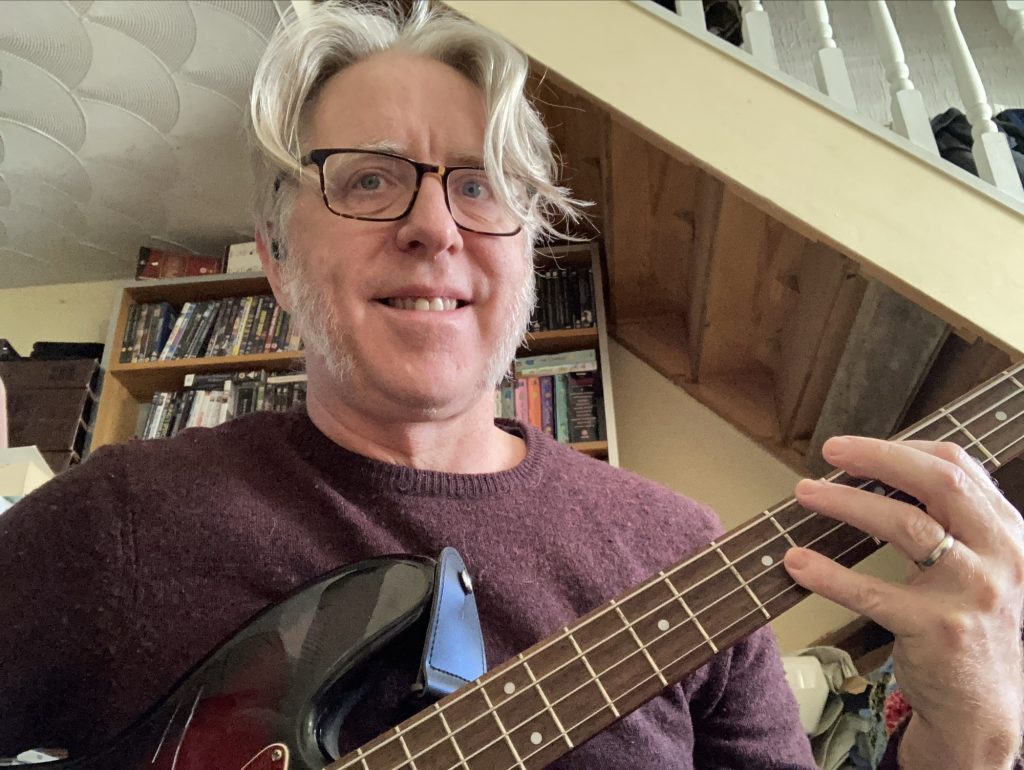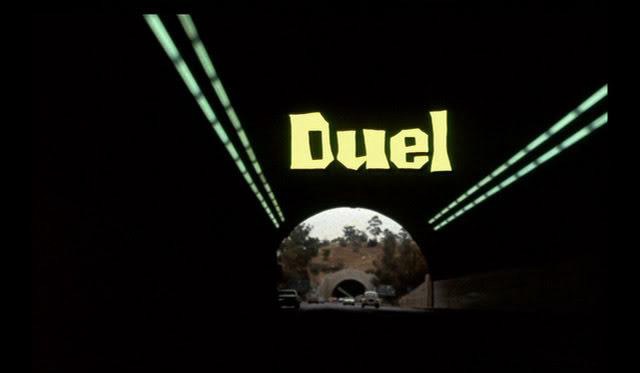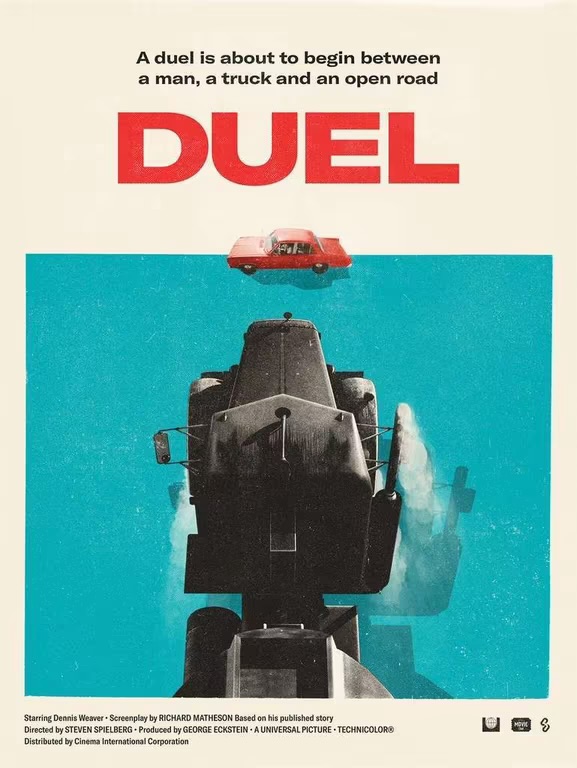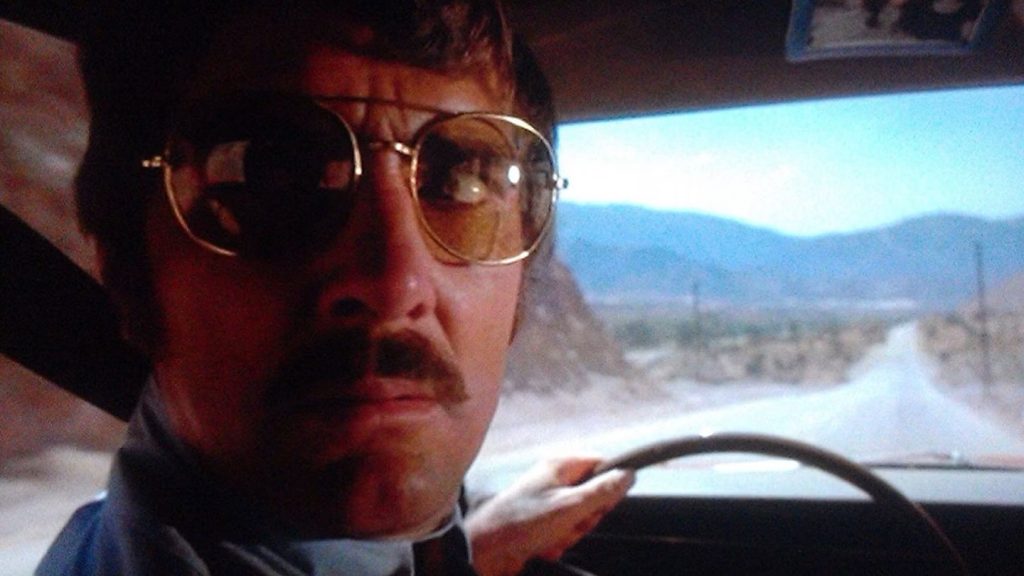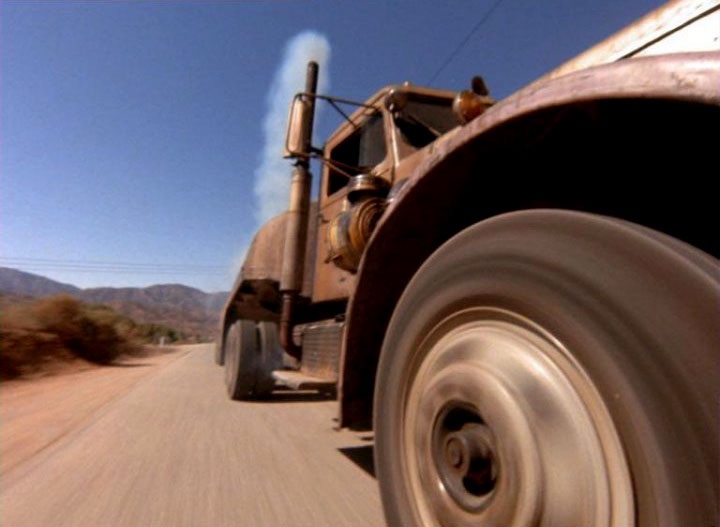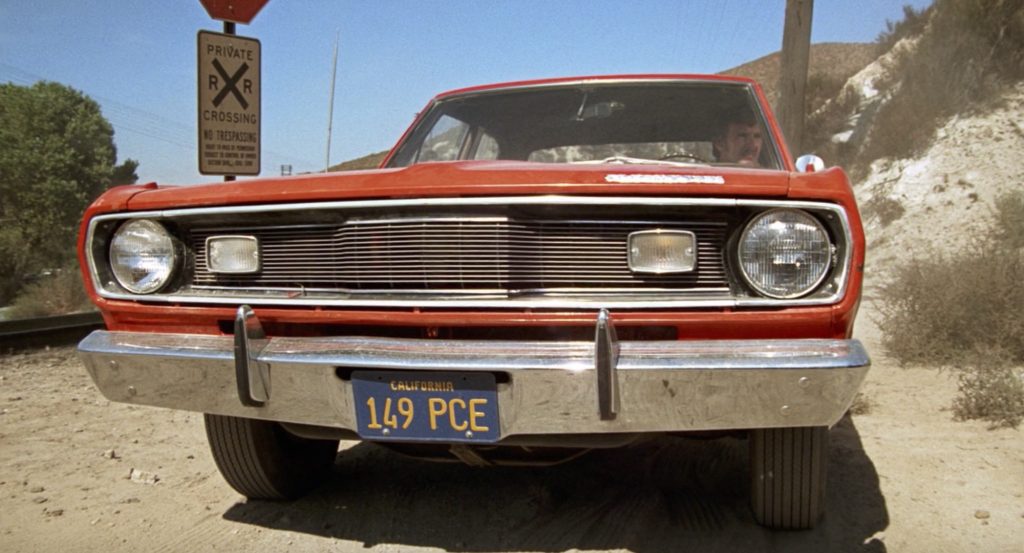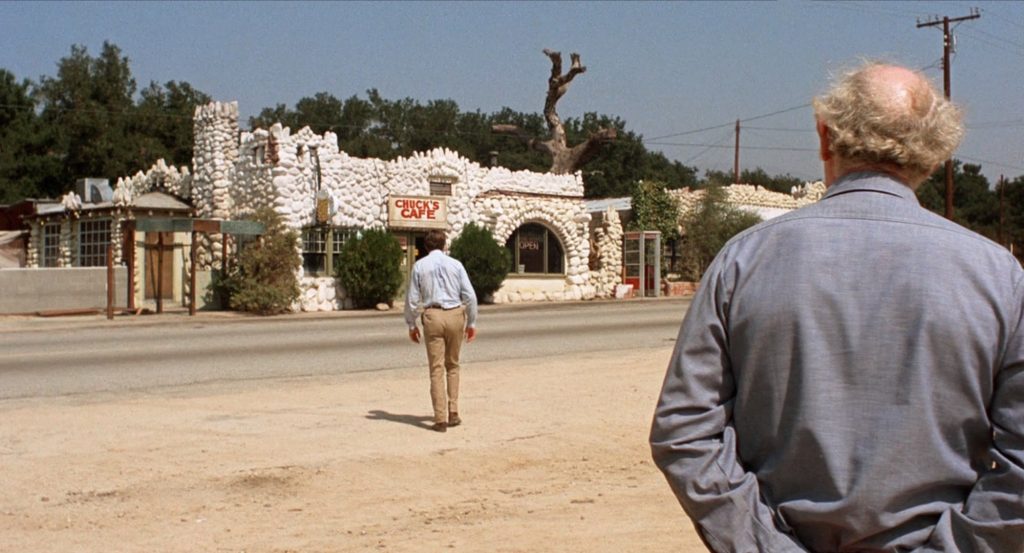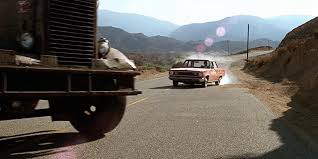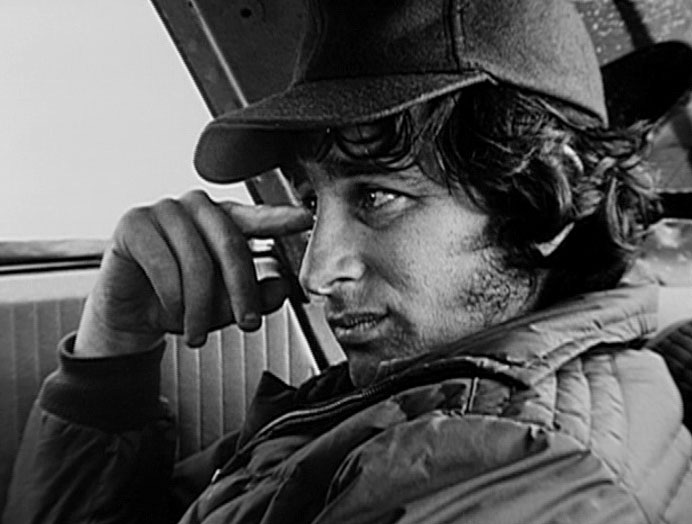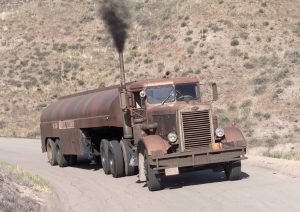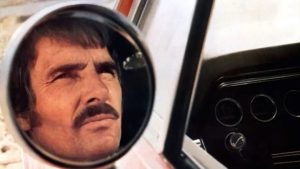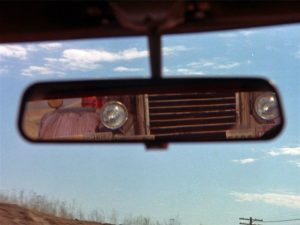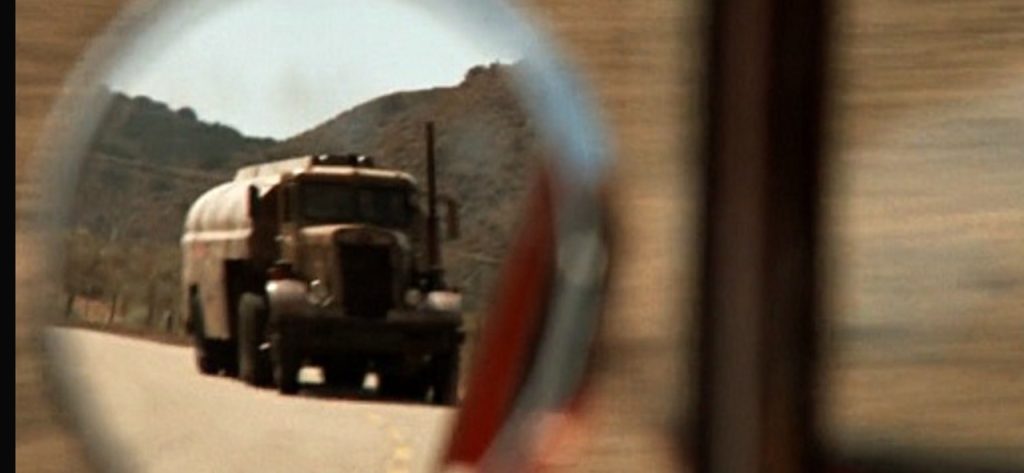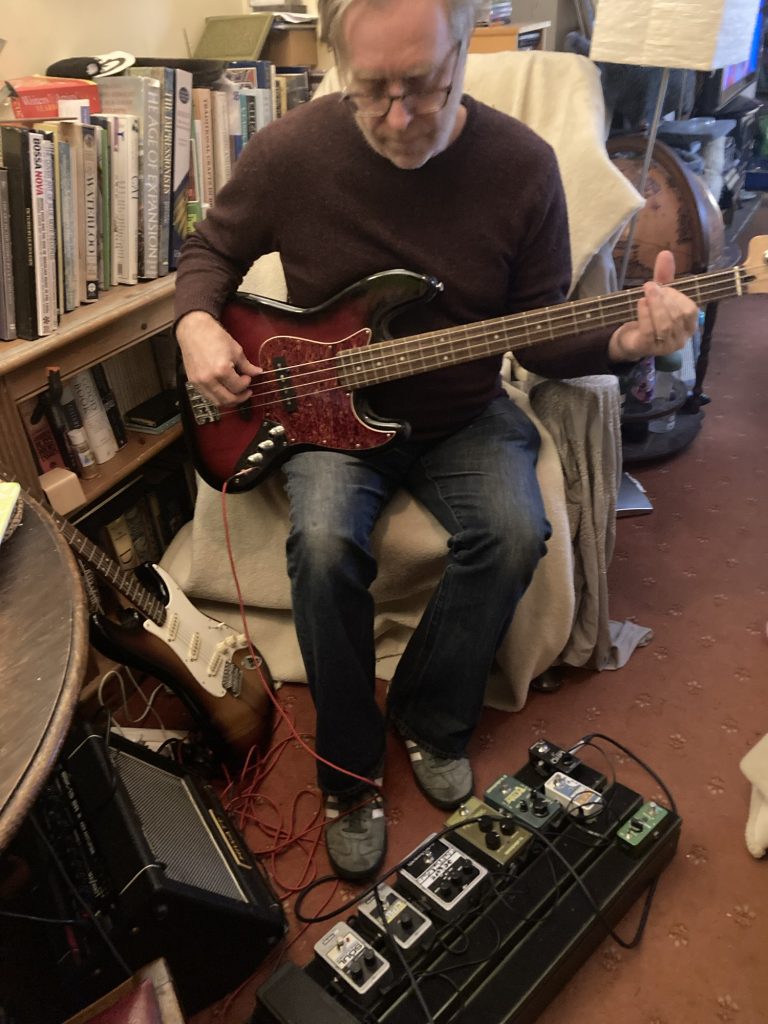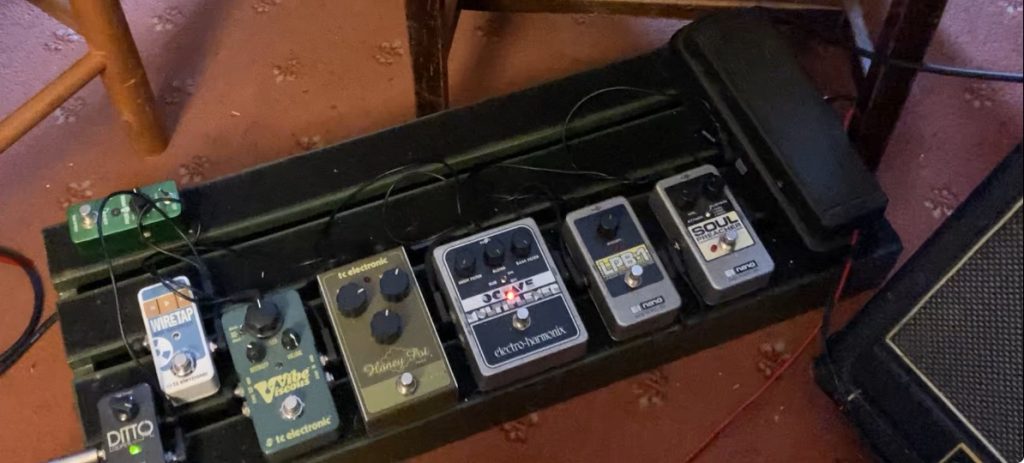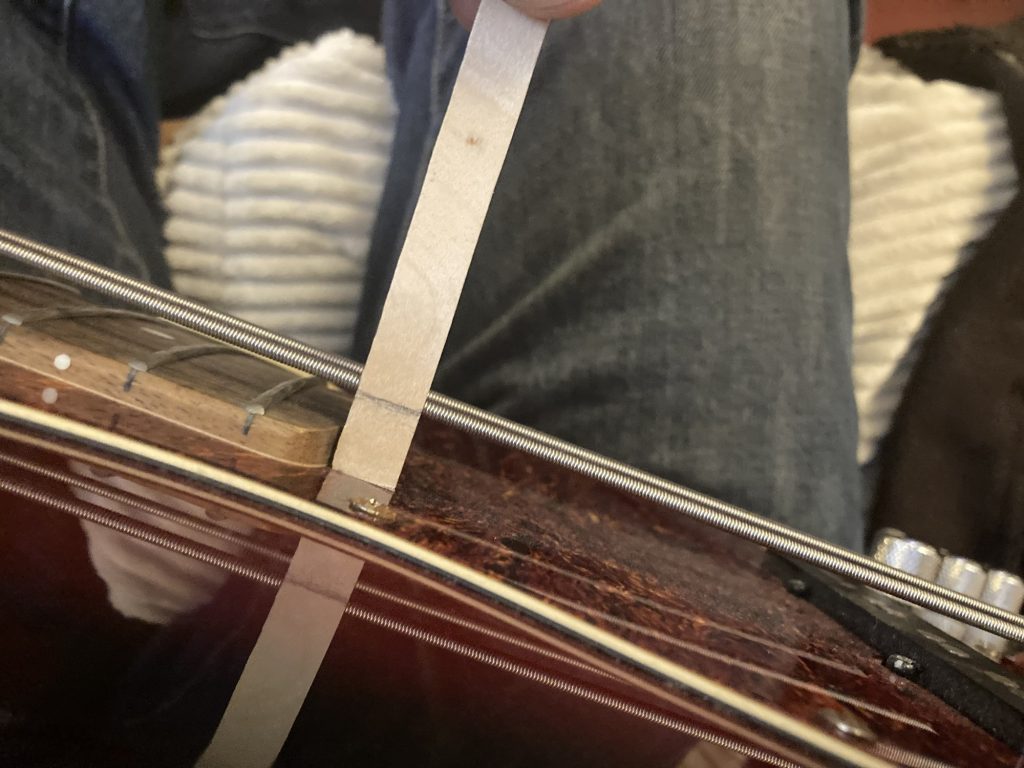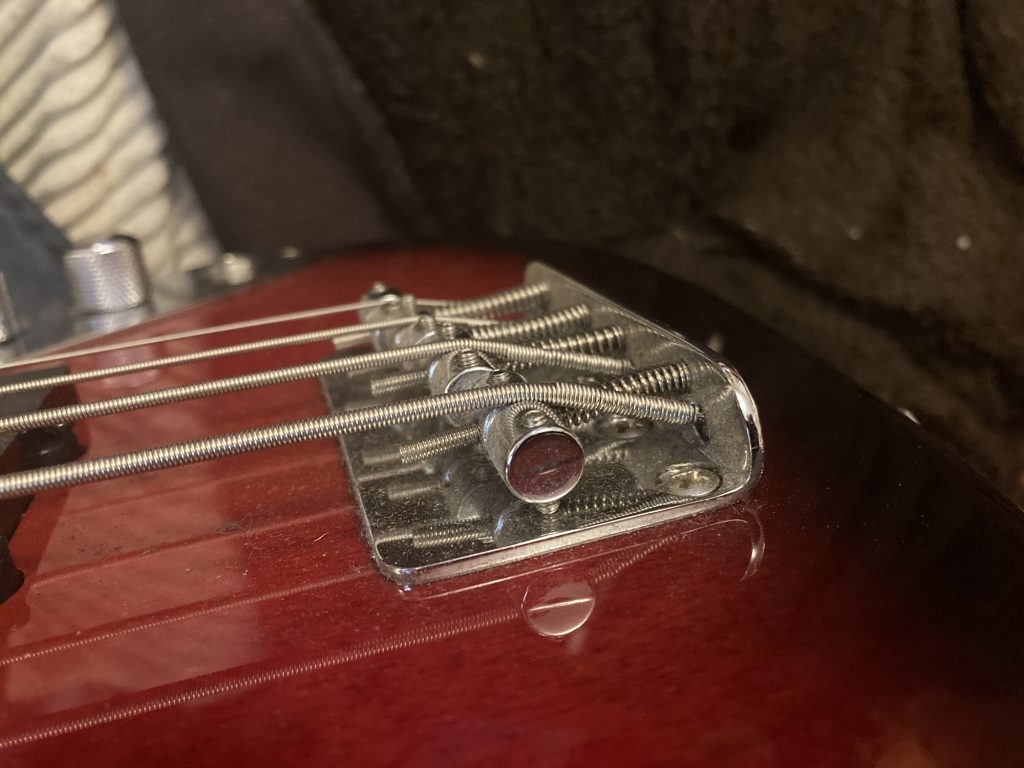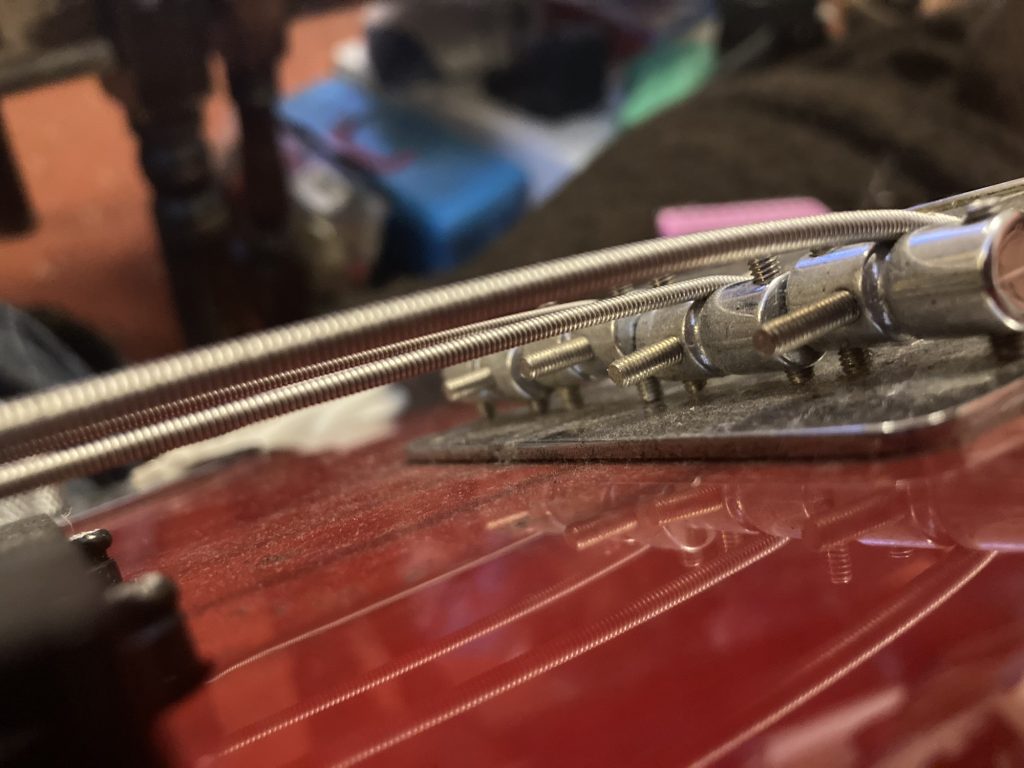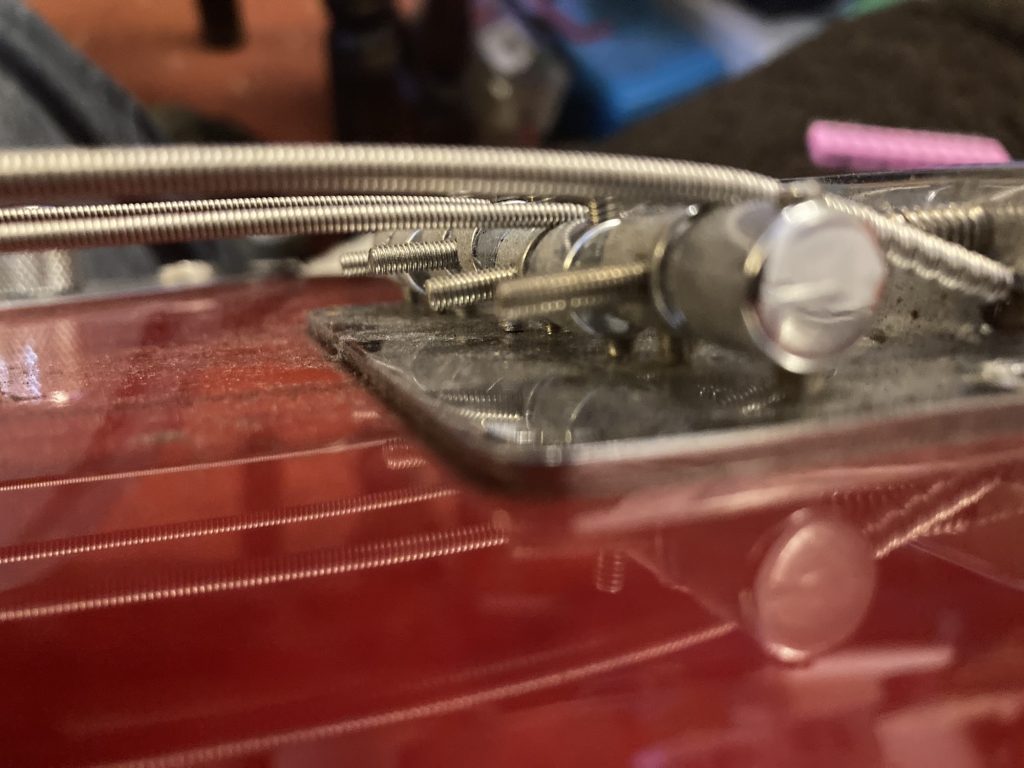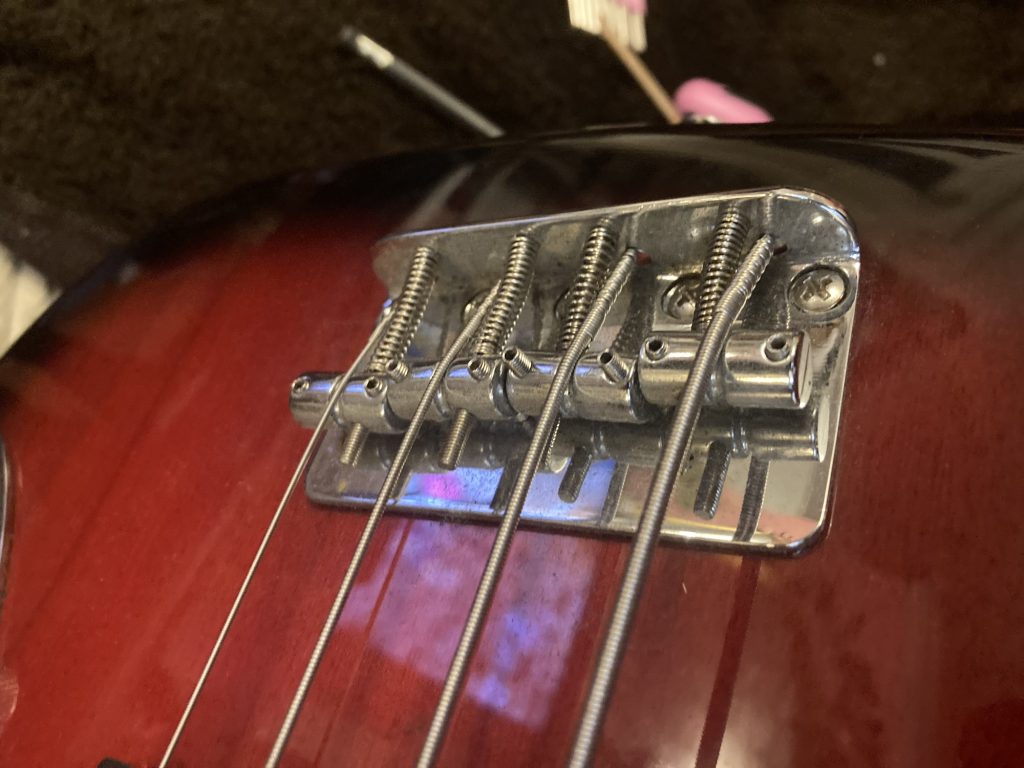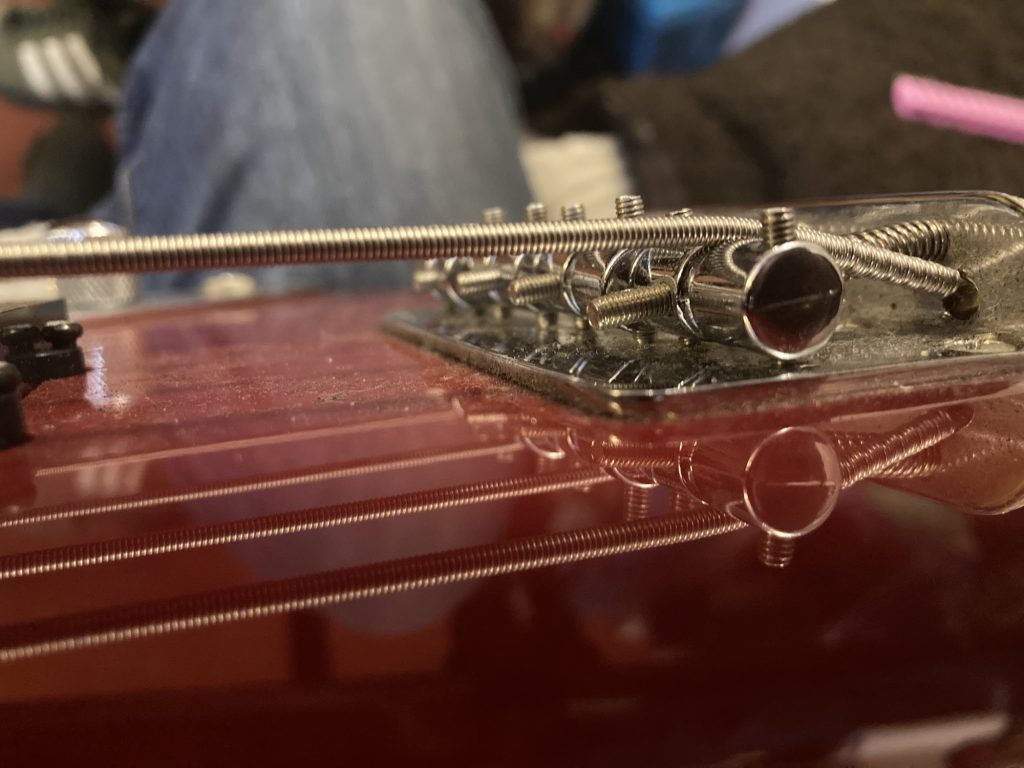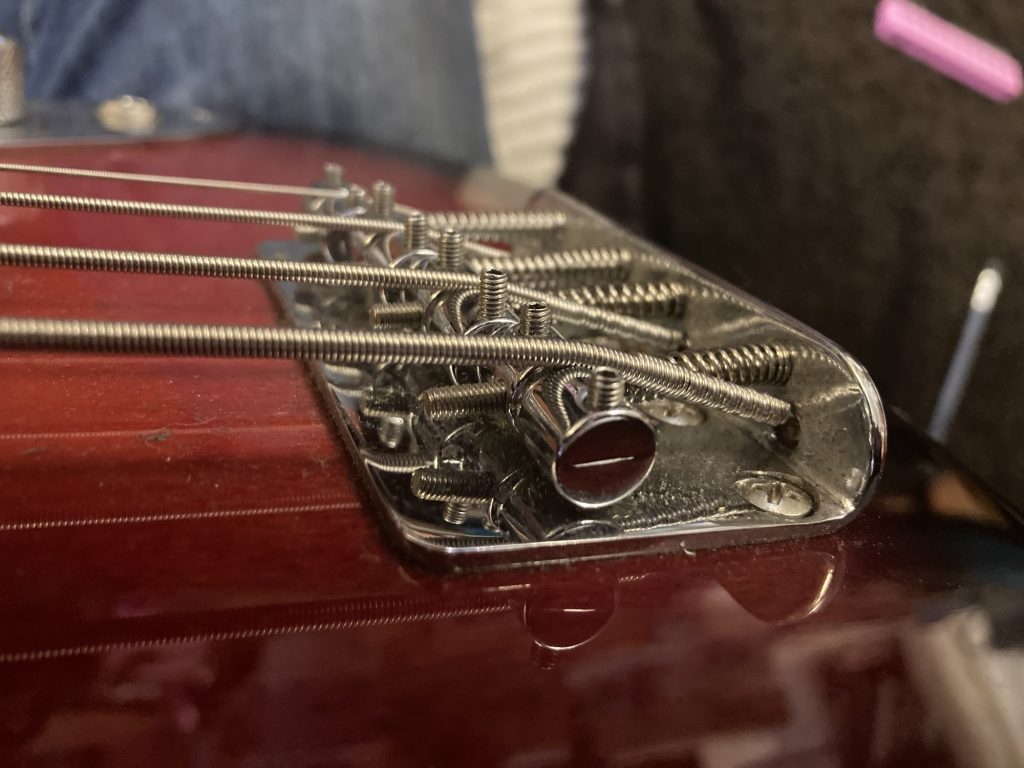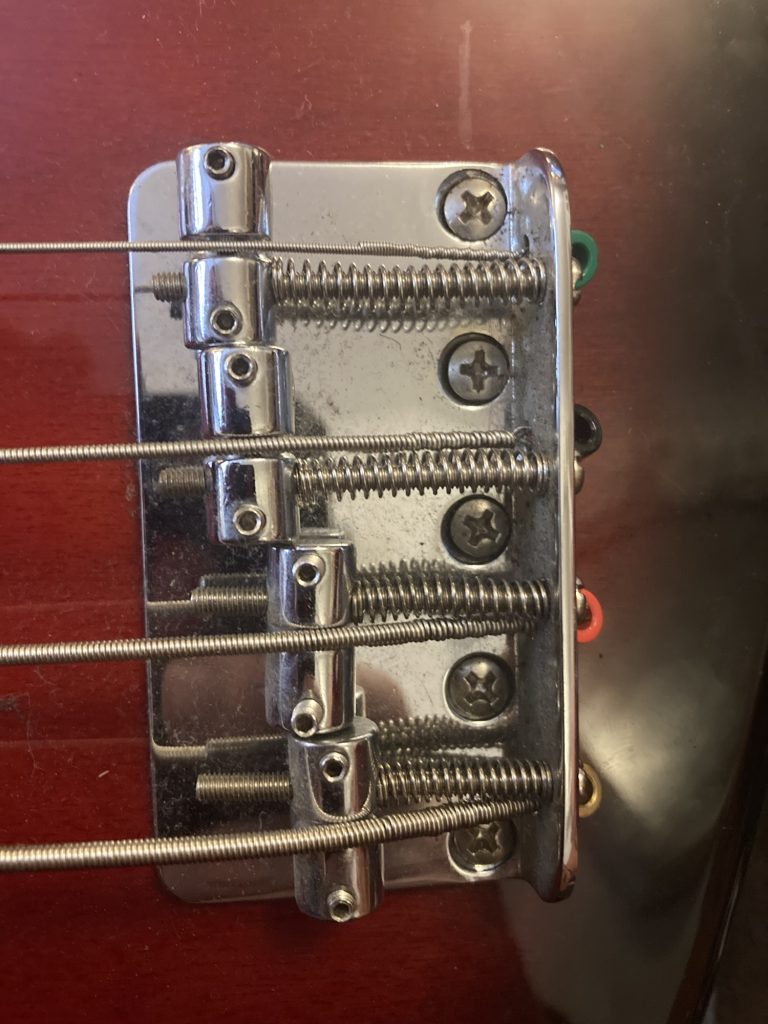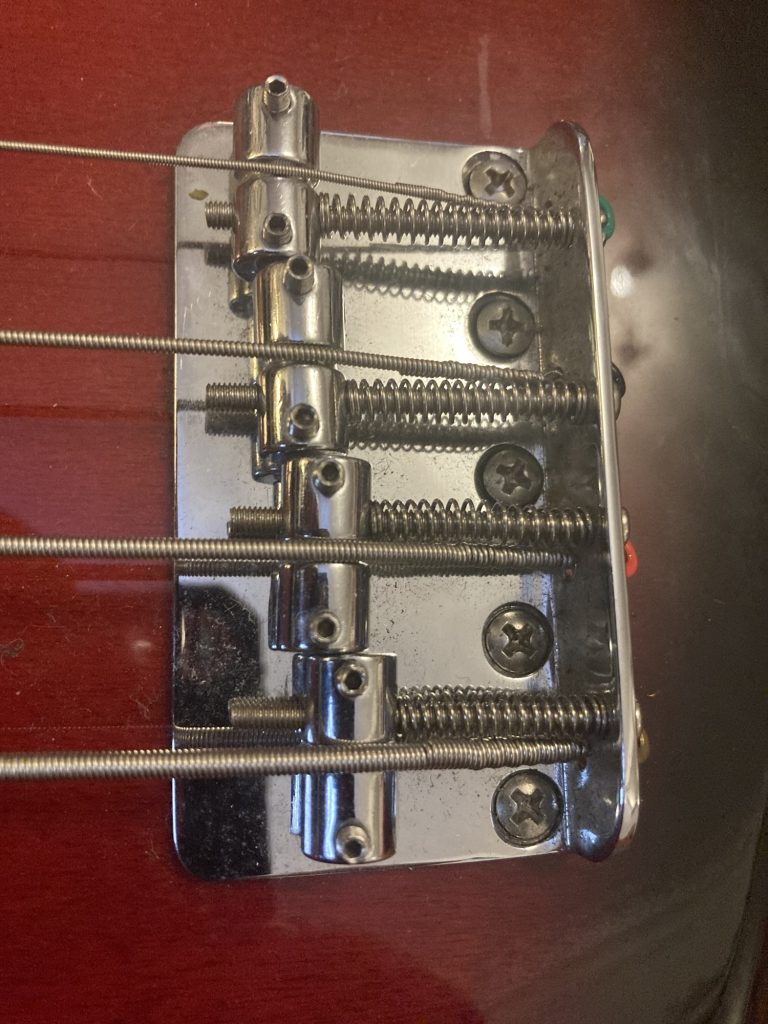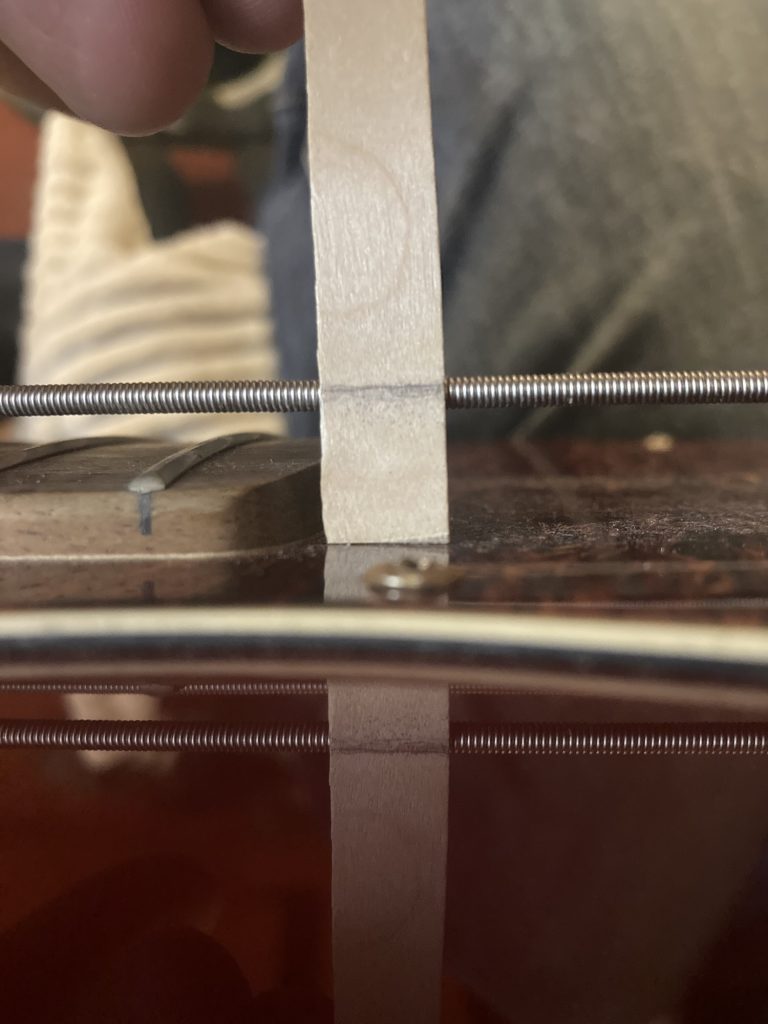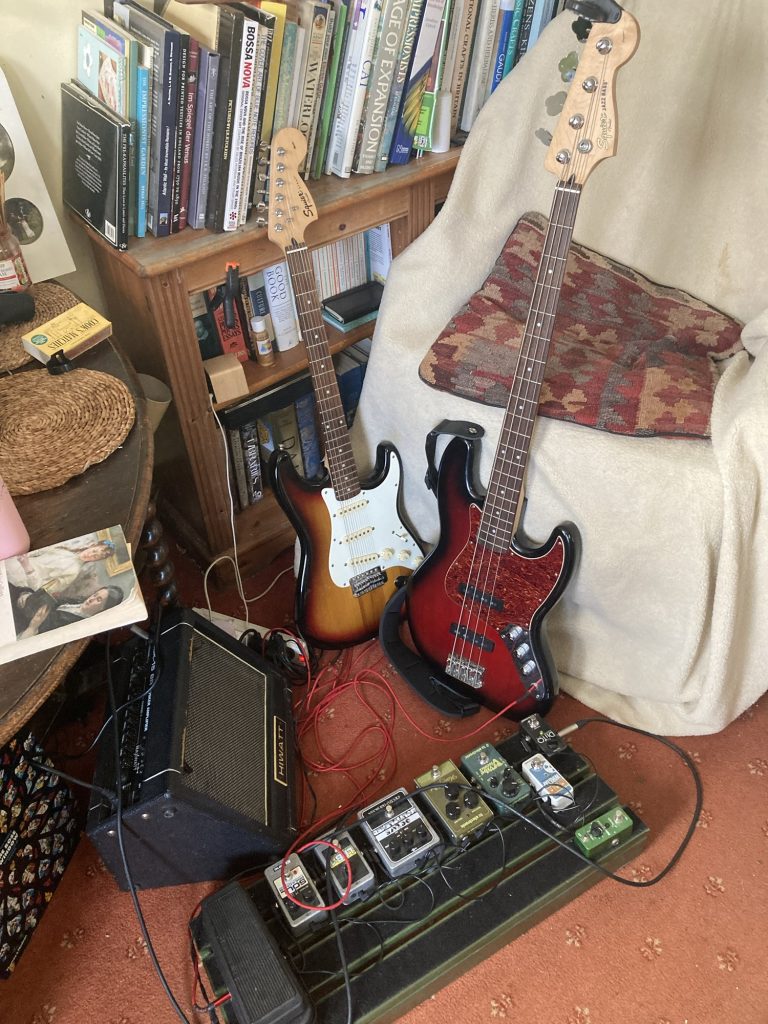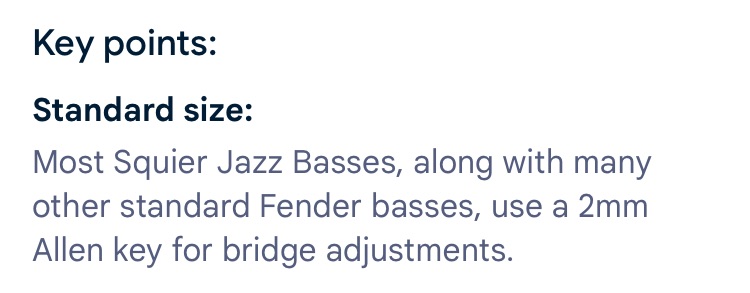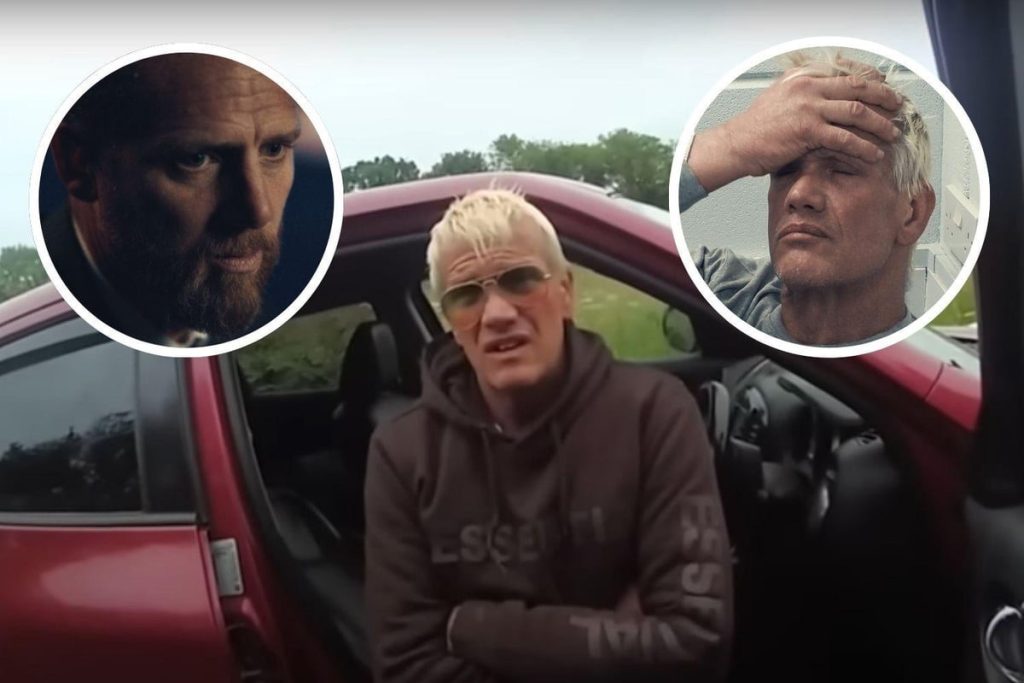
This programme starts with Toby Bunting getting busted, parked up in The Fens, not far from where we live, the night after – according to his rather dubious accounts – a chem-sex party.
Channel 4 describe this programme thus:
The inside track on a major covert operation against a Mexican drugs cartel who the police suspect are importing large quantities of methyl-amphetamine into Norfolk.

Wow! So sad. So very, very sad. I’m thinking of the fate of Daniel Fordham, in particular. But I even feel similarly for Toby Bunting.
Daniel is a family man desperate for money. And in these times of ‘cost of living’ cost of Brexit/Toryism crises, one might sympathise with his ‘if you show a dog some meat’ line.
Fordham is quick to come clean. Hoping – in vain, it turns out – for clemency. Whereas Mexican importer Axel Cruz, and Fenland drug dealer Toby Bunting, try much harder to deny their guilt.
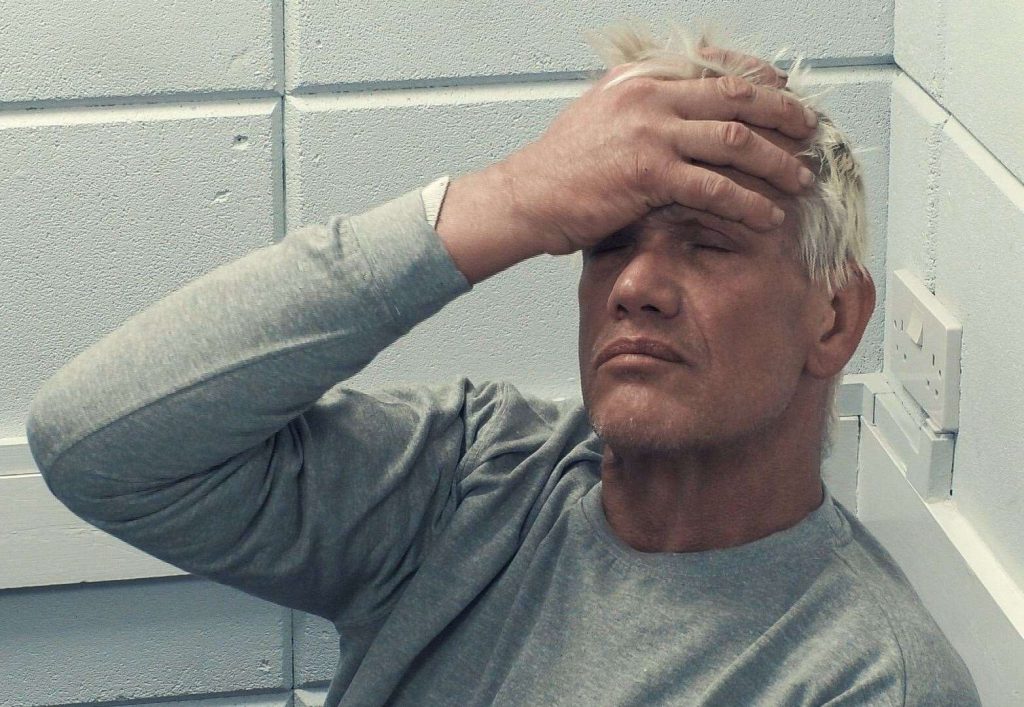
It is interesting watching. If horribly sad. But, like a lot of ‘true crime’ stuff I’ve seen, it’s also very annoying and disappointing.
Annoying, because they ‘tease’ you with a lot of investigative footage. Suggesting they’re going to reveal something amazing. And there’s next to no information or exploration of the Mexican cartel Link (other than the tiny bit concerning Axel Cruz).
Disappointing, because the ‘reveal’ isn’t in the same vein – e.g. further interviews with suspects, but instead just a bit of captioning, in an abrupt and unenlightening ending.

Several things, aside from the ‘narco cartels invade UK’ theme (and local to us, at that), really hit me. And – having has a very unpleasant experience involving the police myself not too long ago (not drug related) – they concern what I regard as unnecessarily heavy-handed ‘law enforcement’.
Much (but not all) of which coalesce around the hapless ‘bottom of the hierarchy’ figure of Daniel Fordham. Why, for example, are the police smashing down doors, late at night, when there are children at the suspect’s address?
Surely law enforcement shouldn’t be such a brutally blunt instrument? Potentially doing nearly as much damage as any criminal activity. What about the trauma that the raid and having his family effectively destroyed will cause to Fordham, his wife and kid(s)?
We don’t yet have the kind of crystal meth epidemic that blights the US (and other places), here in the UK. But it looks, worryingly, like that might be changing.

Another thing that really struck me… how come none of the suspects/criminals object to being filmed? Are they even aware they’re being filmed? One would’ve thought that such folk might be camera shy? At least as far as those times when the police are around!
Considering the infamously horrific brutality of the narco cartels in the countries where these drugs originate, surely such people don’t want their mugs all over national (and potentially worldwide) media? There could be awful repercussions…



